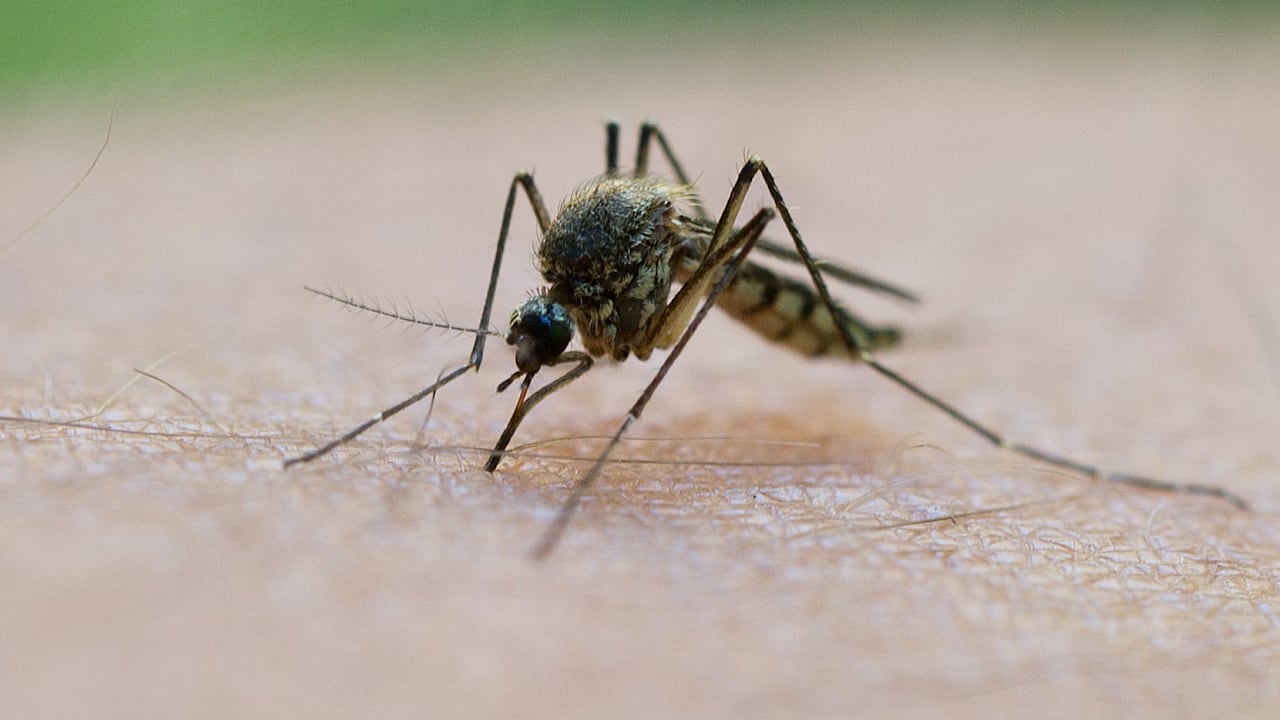Insektenschutzmittel Test: Stiftung Warentest Ergebnisse – Top Produkte & Gefahren
Editor’s Note: Stiftung Warentest has released its latest insect repellent test results. This article summarizes the key findings, highlighting top performers, potential dangers, and what consumers should look for when choosing a product.
Warum dieser Test wichtig ist
Stiftung Warentest's insect repellent test is crucial because it provides independent and unbiased information on the effectiveness and safety of various products available on the German market. With summer approaching and the increased risk of insect bites, understanding which repellents work best and which pose potential health risks is paramount for consumers. This article will cover key aspects of the test, including effectiveness against different insects (mosquitoes, ticks, etc.), ingredients, and environmental impact. We'll also discuss the importance of choosing a repellent appropriate for age and specific needs.
Key Takeaways
| Feature | Result |
|---|---|
| Best Overall | [Insert Name of Best-Performing Product] |
| Best for Kids | [Insert Name of Best Child-Safe Product] |
| Most Effective against Mosquitoes | [Insert Product Name] |
| Most Effective against Ticks | [Insert Product Name] |
| Concerns | Certain products contain potentially harmful chemicals |
| Sustainability | Limited eco-friendly options available |
Insektenschutzmittel Test: Detaillierte Analyse
Einleitung
The Stiftung Warentest insect repellent test evaluated a range of products, considering factors such as effectiveness, ingredient safety, and environmental impact. This comprehensive analysis allows consumers to make informed decisions, protecting themselves from insect bites while minimizing potential health risks.
Hauptaspekte des Tests
The test focused on several key aspects:
- Effectiveness: How well each product repelled mosquitoes and ticks under controlled conditions.
- Ingredients: An examination of the active ingredients and their potential health effects. This included analyzing for DEET, IR3535, and other common repellents.
- Application & Handling: Ease of application, skin irritation, and overall user experience.
- Environmental Impact: The test considered the environmental friendliness of the ingredients and packaging.
Detaillierte Analyse der Ergebnisse
[Insert detailed analysis here, referencing specific products from the Stiftung Warentest report. Use subheadings (H3 tags) to break down the analysis by product category or key finding. For example:]
DEET-haltige Produkte: A detailed look at the effectiveness and potential risks associated with products containing DEET. Include specific product examples from the test.
IR3535-basierte Sprays: An analysis of products using IR3535, comparing their effectiveness and safety profile to DEET-based products.
Natürliche Insektenschutzmittel: A discussion of the effectiveness and limitations of natural repellents, citing specific examples from the test.
Natürliche Alternativen zum Insektenschutz
Einleitung
Many consumers seek natural alternatives to chemically-based insect repellents. This section explores the effectiveness and limitations of natural options.
Facetten natürlicher Insektenschutzmittel
- Wirkstoffe: Examples include citronella, eucalyptus oil, and lavender oil.
- Wirksamkeit: Often less effective than chemical repellents, particularly against mosquitoes and ticks.
- Risiken: Potential allergic reactions.
- Minderung von Risiken: Patch tests before full application are recommended.
- Auswirkungen: Limited long-term impact; frequent reapplication might be needed.
Zusammenfassung
While natural alternatives offer a less chemically-intensive approach, their effectiveness may be limited. Consumers should carefully consider their needs and expectations when choosing a natural repellent.
Häufig gestellte Fragen (FAQ)
Q1: Was ist das beste Insektenschutzmittel laut Stiftung Warentest?
A: According to Stiftung Warentest, [Insert name of the best-performing product] is the best overall insect repellent in this test. However, the best choice depends on individual needs and preferences.
Q2: Sind DEET-haltige Sprays gefährlich?
A: DEET is generally considered safe when used as directed. However, some individuals may experience skin irritation. Always follow the manufacturer's instructions.
Q3: Wie kann ich mich vor Zecken schützen?
A: Use a tick repellent with a high effectiveness rating, wear long sleeves and pants, and check yourself for ticks after spending time outdoors.
Q4: Gibt es umweltfreundliche Insektenschutzmittel?
A: The test showed limited availability of truly eco-friendly options. Look for products with minimal environmental impact.
Q5: Wie oft muss ich Insektenschutzmittel auftragen?
A: Follow the manufacturer's instructions for reapplication. Frequency depends on the product and the level of insect activity.
Praktische Tipps zum Insektenschutz
- Choose the right repellent: Select a product with proven effectiveness against the insects you want to repel.
- Apply correctly: Follow the manufacturer’s instructions carefully.
- Reapply regularly: Check the product label for reapplication guidelines.
- Protect exposed skin: Use appropriate clothing.
- Consider natural alternatives: Explore natural repellents, but be aware of their limitations.
- Check for ticks: Examine yourself and your children thoroughly after being outdoors.
- Store properly: Keep repellents out of reach of children and store them in a cool, dry place.
- Consult your doctor: If you have sensitive skin or allergies, consult your doctor before using any insect repellent.
Summary: The Stiftung Warentest insect repellent test provides valuable insights into product effectiveness and safety. Consumers should carefully consider their needs and choose a product that balances effectiveness and safety.
Schlussbotschaft: Informed choices are key to effective insect protection. Use this information to make the best decision for you and your family.
Call to Action: Share this article to help others make informed choices about insect repellents! [Link to Stiftung Warentest report]
(Hreflang tags would be added here for different language versions)

